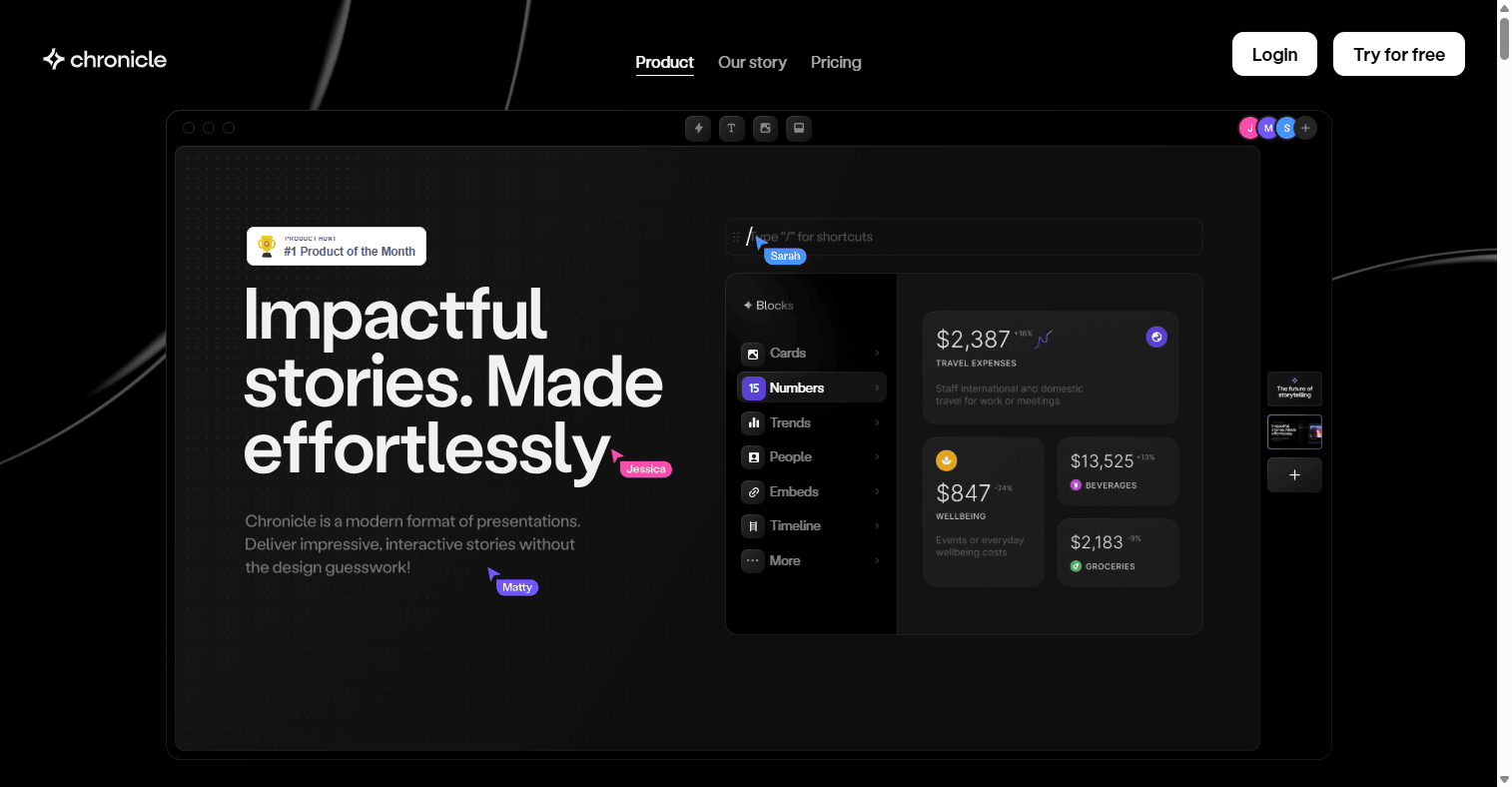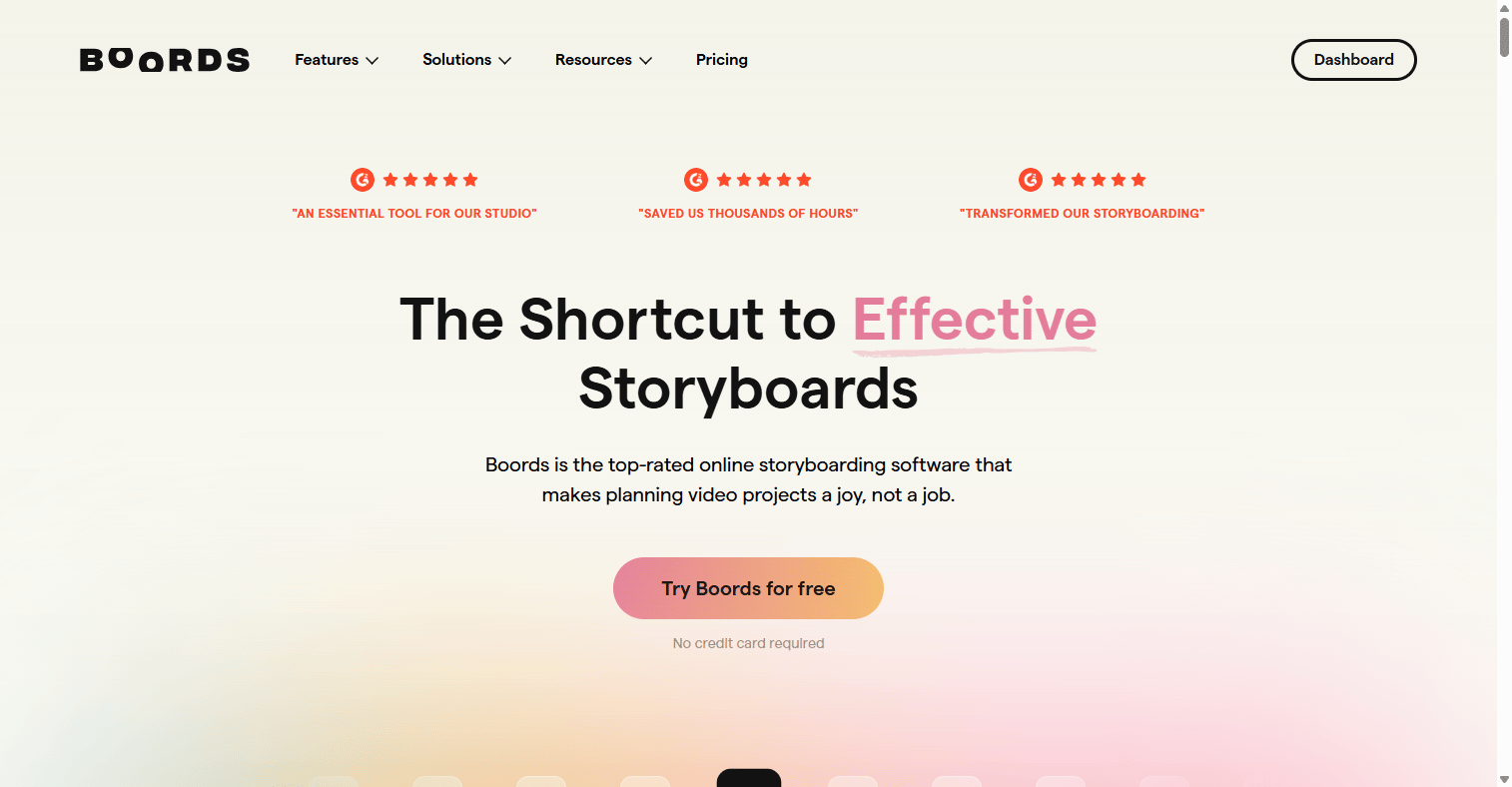|
“Every new beginning comes from some other beginning’s end.”
– Seneca
Here's the thing about failure - it's not your final chapter, it's just the end of one draft. The Stoics knew this: they saw obstacles as raw material for wisdom. When you stumble, you're not broken - you're gathering data about which paths don't work so you can find the ones that do. Each setback makes you stronger and wiser than before. You're never the final version of yourself because growth never stops. Every mistake is just your soul's way of saying "let's try this differently next time." That's not defeat - that's evolution.
Thanks for reading!
|
|
|
sponsored
Bigger company = better onboarding? Not necessarily.
Onboarding quality doesn’t always depend on how big your company is. What matters more is how intentionally the process is designed, executed, and continuously improved. Download a free guide with expert insights from 11 HR and L&D leaders on common onboarding pitfalls and how top companies make the process more impactful and cost-effective.
|
|
|
📰 News & Notes
Making Learning Harder on Purpose in the AI Era
The Rundown:
As AI makes content creation faster and simpler, author Mario Gabriele argues that deliberate difficulty can be a feature—not a flaw. He says friction in learning and creating can deepen mastery, build resilience, and set apart thoughtful work from algorithmic noise.
The Context:
- In a world flooded by AI-generated content, speed often beats depth. But ease doesn’t always mean quality.
- Hard things—like writing from scratch or designing a complex course—force critical thinking and originality.
- Research shows desirable difficulties (spacing, retrieval, problem solving) improve retention and understanding.
- Gabriele frames this as a strategy: by embracing friction, you can produce work that is harder to copy and more valuable to learners.
Why it Matters:
For L&D pros and instructional designers, this is a timely nudge. As AI tools promise instant lessons and polished outputs, there’s power in choosing slower, more demanding processes. Friction can be your competitive advantage—building learning experiences that challenge people, sharpen their thinking, and stay memorable long after easy content is forgotten.
When AI makes learning effortless, how can adding friction help build deeper skills – and how willing are you to defend that choice when stakeholders push for speed?
|
|
|
Bookmark smarter: Raindrop.io for L&D pros
The Rundown:
Christy Tucker shared how Raindrop.io, a sleek bookmark manager, helps learning professionals save, organize, and share resources across devices without the clutter of traditional bookmarking tools.
The Context:
- Raindrop.io works in browsers and mobile apps, syncing collections automatically.
- You can save webpages, PDFs, videos, and more — all with rich previews and tags.
- Collections can be private or shared publicly, making it easier to curate content for learners or teammates.
- The platform supports nested folders and advanced search, so you can actually find what you saved later.
- Integrations with tools like Zapier and Notion help connect Raindrop.io to your workflow.
Why it Matters:
If you juggle tons of resources — articles, job aids, research, tools — Raindrop.io gives you a clean, visual hub to manage it all. For instructional designers and L&D teams, it can become a powerful way to streamline content curation, boost collaboration, and keep your knowledge library organized and accessible.
How are you currently organizing and sharing your learning resources — and where do you see a tool like Raindrop.io fitting (or not fitting) into your workflow?
|
|
|
One Size Doesn’t Fit All: Teaching Experts and Novices
The Rundown:
Research shows that experts and novices learn differently—and need different instructional strategies. A one-size-fits-all approach can hold both groups back.
The Context:
- Experts: They have rich mental models and can learn from complex problems without step-by-step guidance. Overly detailed instructions may bore or even hinder them.
- Novices: They benefit from structured guidance, examples, and explicit teaching that reduce cognitive load.
- The “expertise reversal effect” happens when methods that help beginners actually slow down advanced learners.
- Effective instruction adapts to the learner’s experience, not just the content.
Why it Matters:
If you design training for mixed groups, this insight is huge. Matching guidance to skill level can improve engagement, retention, and performance. For L&D teams, it means moving beyond blanket solutions and building flexible learning paths that scale as learners grow.
What indicators can reliably signal when instructional scaffolding has shifted from supporting novices to impeding experts?
|
|
|
sponsored
Webinar: How to Design Better Learning Faster with AI
We’ll show you how to create powerful, reusable AI prompts built for L&D—helping you conduct analysis, create storyboards, draft activities, modify images, and build scenarios faster than ever before.
Register for the “Prompt Power” webinar hosted by Jennifer Bell on Wednesday, July 23, at 12 noon CT.
BONUS: All attendees will receive a downloadable AI prompt pack and templates
|
|
|
🧰 Tech Tools & Tips
If tools are your jam, check out my Work Smarter newsletter.

Chronicle
A new presentation tool that creates slides built with widgets for your slide content.
|
|

Boords
A helpful online storyboard option that streamlines the storyboarding process
|
|
|
|
🎧 Podcast of the Week
This is the conversation that caught my ear this week. Check out previous episodes in the Friday Finds podcast playlist.
Typography Unleashed in PowerPoint: From Fonts to Function
The Presentation Podcast crew and top designers unpack the joys and headaches of professional typography in PowerPoint — from kerning quirks to font pairing tips.
|
|

|
|
|
|
🧳 Where’s Mike?
If you or your event needs a speaker or workshop that is highly interactive and super practical, we should talk.
|
|
|
Subscribe to this newsletter
"Friday Finds is essential for staying current in the ID industry. The quick takeaways on each article are a huge time-saver." -JM |
|
|
Like this newsletter? Share it with someone you love. Don’t like it? Share it with someone you don’t!
Friday Finds is an independent publication that I produce in my free time. You can support my work by sharing it with the world, booking an advertising spot, or buying me a coffee.
|
|
|